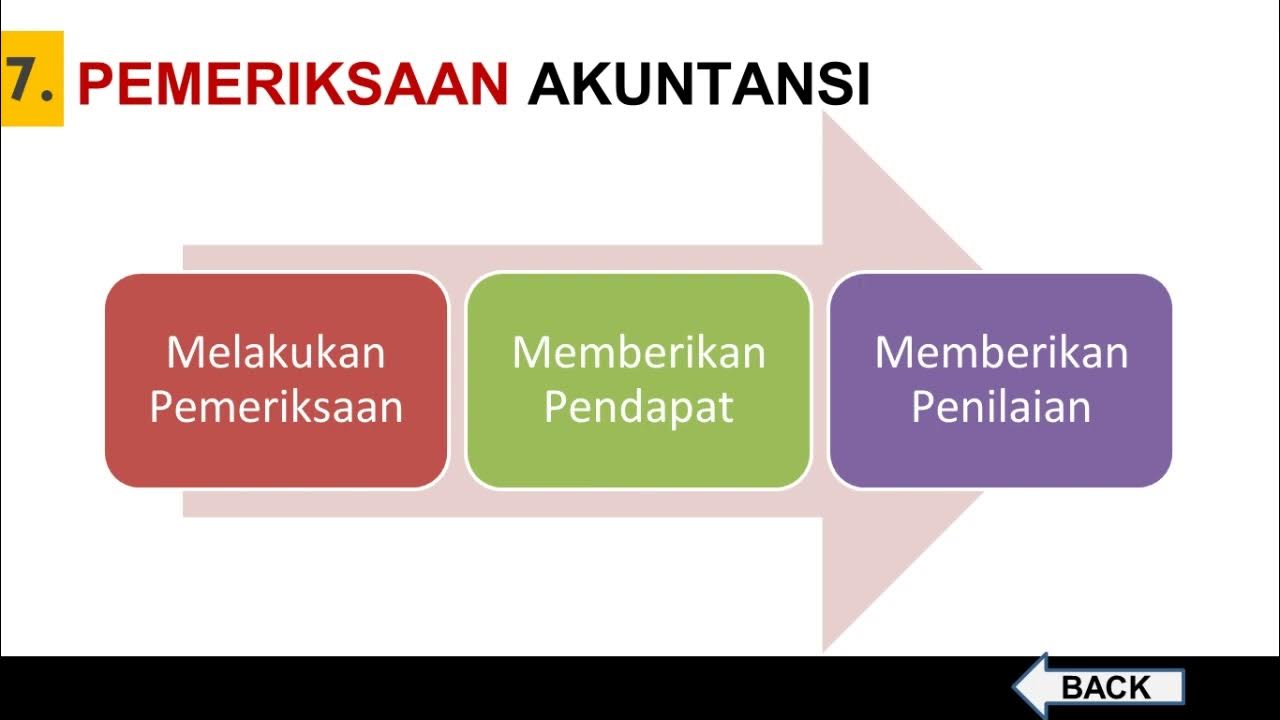What You Will Learn in Module 5
Summary
TLDRIn this module, the focus is on designing databases tailored for specific purposes, such as e-commerce, accounting, or scheduling systems. It highlights the importance of understanding how data is stored, retrieved, and processed, particularly through transactions. The discussion includes different types of database transactions—base, B, and asset—and their implications for data storage, consistency, and redundancy. By grasping these concepts, users will learn how to create effective database designs that meet specific operational needs and support essential functions like data integrity and efficient processing.
Takeaways
- 🗂️ Databases are designed for specific purposes, such as e-commerce, accounting, or tracking systems.
- 🔧 The design of a database varies significantly based on its intended use and target audience.
- 📊 Understanding how data is stored is crucial for effective database design.
- 🔄 Data handling involves saving, retrieving, and processing information through transactions.
- 📈 Transactions play a vital role in database design, influencing data manipulation and retrieval.
- 🔍 Different types of transactions affect how data is stored and processed in the database.
- 📏 Consistency in data storage is impacted by transaction types and database design.
- 🔄 Redundancy considerations are essential in designing databases to ensure data reliability.
- ⚙️ The module will cover various transaction types, including BASE, ACID, and others.
- 🎓 This module aims to provide a comprehensive understanding of database design tailored to specific applications.
Q & A
What is the primary purpose of designing a database?
-Databases are designed for specific purposes, such as supporting e-commerce sites, accounting applications, or tracking systems.
How does the intended purpose influence database design?
-The purpose determines the components and elements of the design, affecting how the database will function and what it will support.
What are some examples of systems that may require a database?
-Examples include e-commerce platforms, accounting software, scheduling systems, and automation tools.
What key factors should be considered when designing a database?
-Considerations include data storage, retrieval, processing transactions, and ensuring data consistency and redundancy.
What are database transactions, and why are they important?
-Database transactions are sequences of operations performed as a single logical unit of work. They are crucial for maintaining data integrity and consistency.
How do transactions affect database design?
-Transactions influence how data is stored, saved, manipulated, retrieved, and processed, and impact the overall design and functionality of the database.
What is meant by 'data consistency' in a database?
-Data consistency refers to the accuracy and reliability of data across the database, ensuring that all data remains in a valid state.
What role does redundancy play in database design?
-Redundancy in database design helps to prevent data loss and ensures that there are backup copies of important information.
What types of transactions will be discussed in the module?
-The module will cover BASE, ACID, and possibly other types of database transactions.
Why is it important to understand different transaction types in database design?
-Understanding transaction types helps in designing databases that can efficiently handle data operations while ensuring integrity and performance.
Outlines

Dieser Bereich ist nur für Premium-Benutzer verfügbar. Bitte führen Sie ein Upgrade durch, um auf diesen Abschnitt zuzugreifen.
Upgrade durchführenMindmap

Dieser Bereich ist nur für Premium-Benutzer verfügbar. Bitte führen Sie ein Upgrade durch, um auf diesen Abschnitt zuzugreifen.
Upgrade durchführenKeywords

Dieser Bereich ist nur für Premium-Benutzer verfügbar. Bitte führen Sie ein Upgrade durch, um auf diesen Abschnitt zuzugreifen.
Upgrade durchführenHighlights

Dieser Bereich ist nur für Premium-Benutzer verfügbar. Bitte führen Sie ein Upgrade durch, um auf diesen Abschnitt zuzugreifen.
Upgrade durchführenTranscripts

Dieser Bereich ist nur für Premium-Benutzer verfügbar. Bitte führen Sie ein Upgrade durch, um auf diesen Abschnitt zuzugreifen.
Upgrade durchführen5.0 / 5 (0 votes)






